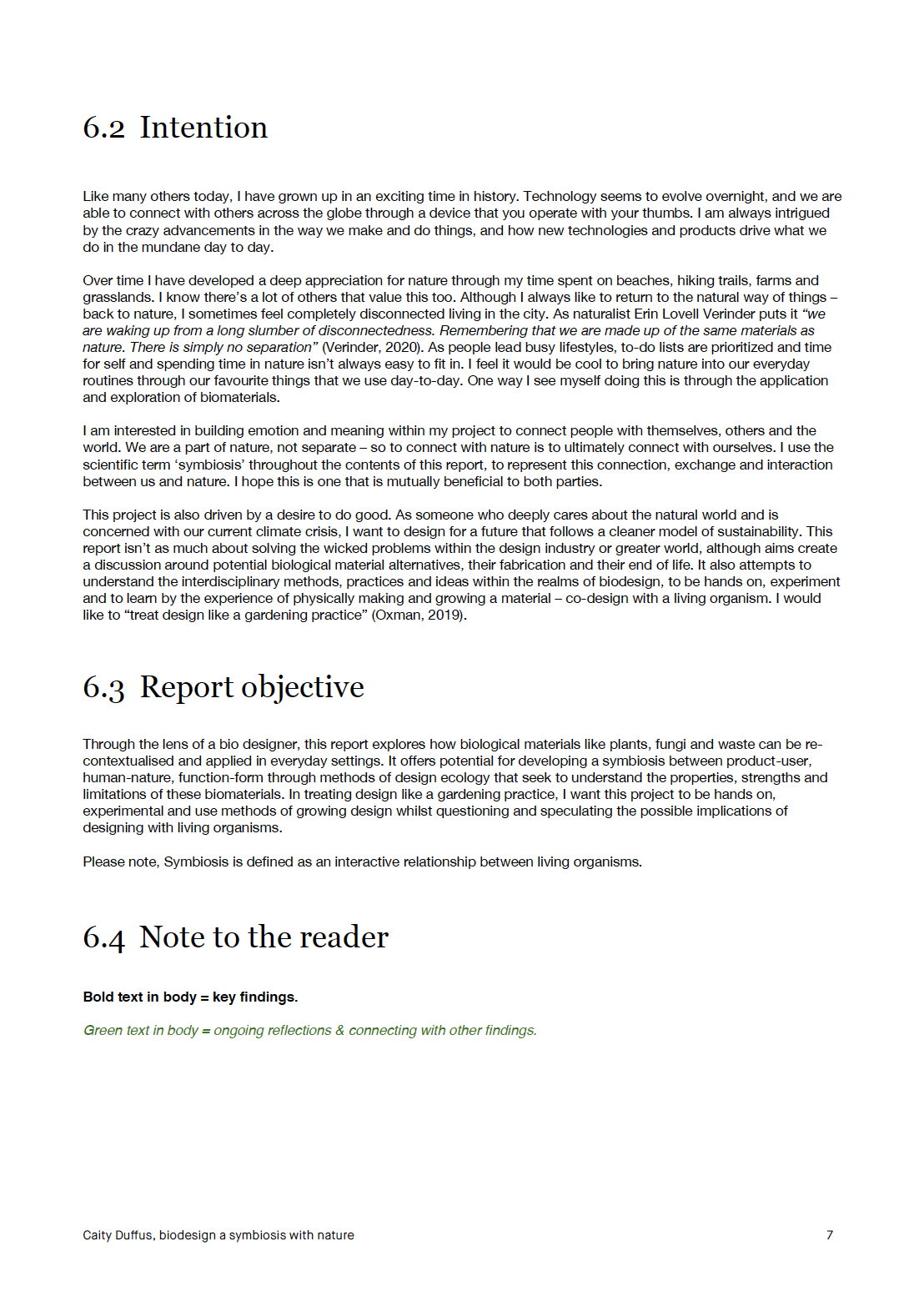MYCELIA HOUSE
A cultivation system to care for, grow and display mushrooms in your home.
As seen on design boom, dezeen, UNSW Luminocity Exhibition, Green Magazine issue 13, and the 2020 IDES X Re-connect Exhibition.
2020 Industrial Design Honours Project, University of New South Wales.
Mycelia House is a functional, beautiful and simple vessel that showcases the beauty of mushrooms and supports its growth within the home. It aims to connect us with our innate nature - our human nature, through the display, caring for and nourishment of mushrooms as a living entity and as a food source.
As naturalist Erin Verinder puts it “we are waking up from a long slumber of disconnectedness. Remembering that we are made up of the same materials as nature. There is simply no seperation.”. As we have evolved to live in urban areas and are currently experiencing the covid 19 pandemic, we are noticing this disconnection and are craving a deeper relationship with ourselves, the natural world and our daly routine. We are seeking products we can connect and emotionally relate with. With trends arising in the localisation of food production and DIY alternatives, as well as a love for houseplants, the concept for mycelia houses was manifested.
Whilst mushroom grow kits are currently sold to a DIY market of hipsters, an opportunity surfaced to design for a new market of higher income earners who are interested in wellness and are willing to invest in sustainable alternatives. These are creatives who have a love for nature and being outdoors, although they live and work in urban areas and struggle to find time in nature due to their busy lifestyle.
-
Inner form - 3D printed terracotta ceramic pot
Self watering lid - terracotta ceramic slip cast
Outer form - handblown glass dish and casing.
The Journey
This project started as my 2020 Industrial Design Honours Project whilst studying at the University of New South Wales.
The initial intention for this project wasn't to design a pot to grow mushrooms —it was to explore the applications of mycelium as a material within design.
In researching, I found many had negative associations towards fungi - often referred to as "gross, poisonous and infectious". These stories stem from generations of fear and a lack of knowledge about fungi. This presented a problem—
If I was to design a product using mycelium as the material, would it even be adopted by society?
Mycelia House is as much about changing the societal perceptions of fungi as it is about creating a functional, beautiful & simple product.
Fungi is beautiful. When we display them within our homes we watch them grow, we connect & we can attune ourselves to a more natural rhythm of life - one that is more sustainable.
—Caity Duffus, Designer
-
Paul Stamets is the Steve Jobs of Mycology, and I was deeply inspired by his TED Talk ‘How mushrooms can save the world’ where he goes into detail of all the potential uses for fungi and the essential role they play in our ecosystem. They are the hearts of our forests, connecting trees in a symbiotic relationship and holding all soils together. It is the largest living organism on our planet. Perhaps the most interesting thing about fungi is the microscopic hyphae, known as mycelium - and the way they connect and communicate with all of life. As humans there’s a lot we can learn from their way of being.
Fungi offers many potential applications for sustainable futures - as a material (furniture, packaging, clothing), food source (to nourish), medicinal (eg reishi for anxiety, lions mane to strengthen neural pathways, psilocybin for deep inner transformation), acknowledging ancient cultures & their wisdom, and an ability to break down waste (in landfills and toxins in our waterways).
Below is a sneak peak of the research report: Biodesign, a symbiois with nature.
To view the entire thesis, you can email caity.duff@gmail.com






















